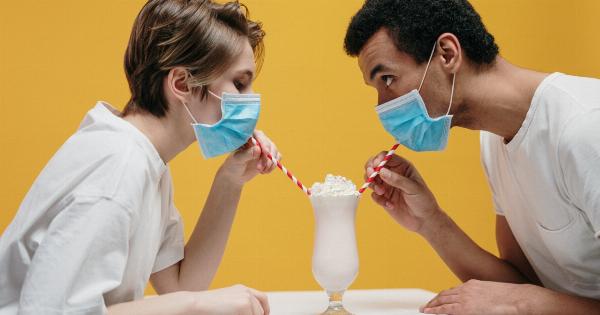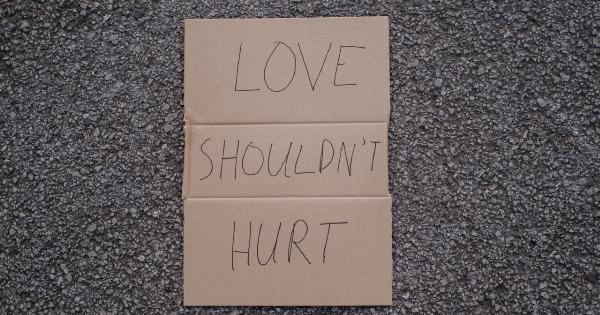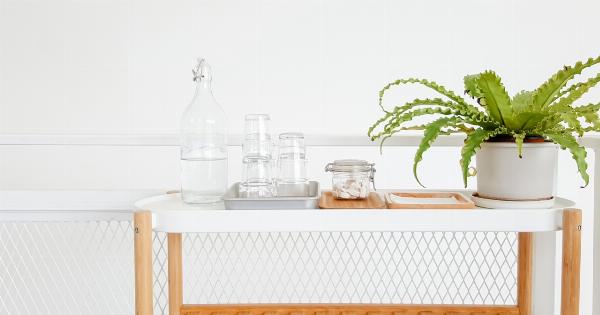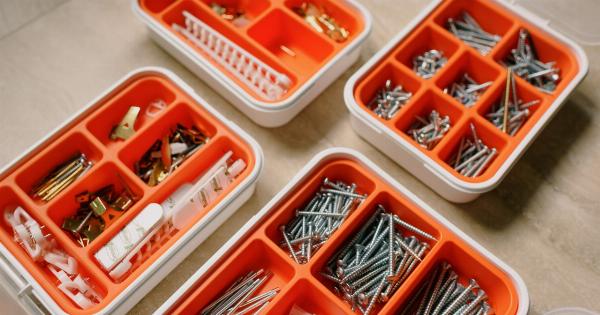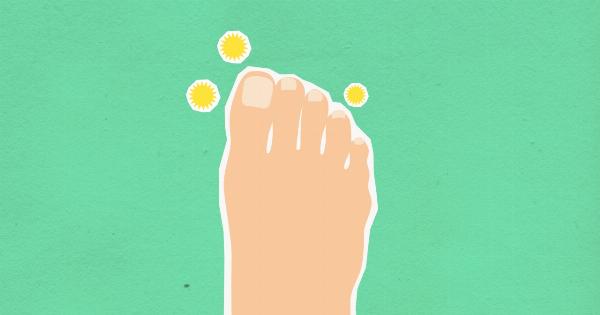Your home is supposed to be a safe haven, a place where you can relax and unwind. However, there are hidden dangers lurking in every corner that can silently affect your health.
From airborne pollutants to toxic substances hiding in plain sight, it’s vital to identify these harmful corners in your dwelling and take necessary steps to eliminate or mitigate them. In this article, we will delve into the 17 most common culprits that can make you sick and provide actionable tips to keep your home healthy.
1. Mold and Mildew
Mold and mildew are common problems in any dwelling, especially in areas with high humidity. These fungi thrive in damp, poorly ventilated spaces and can cause various health issues such as allergies, respiratory problems, and even infections.
Check your bathrooms, basements, and any other areas prone to moisture regularly to tackle mold and mildew growth.
2. Dust Mites
Dust mites are microscopic creatures that feed on dead skin cells and thrive in bedding, carpets, and upholstered furniture. Their droppings can trigger asthma and allergies.
Regularly vacuuming, washing bedding in hot water, and using allergen-proof covers on mattresses and pillows can help keep dust mites at bay.
3. Volatile Organic Compounds (VOCs)
VOCs are harmful chemicals emitted by various household products such as paints, solvents, cleaning agents, and even furniture. Prolonged exposure to VOCs can lead to headaches, eye irritation, respiratory issues, and even cancer in severe cases.
Opt for low-VOC or natural alternatives when choosing household items.
4. Lead and Asbestos
Older homes may still contain lead-based paint or asbestos, both of which pose serious health risks. Ingesting or inhaling lead particles can lead to developmental delays, brain damage, and other health issues.
Similarly, asbestos fibers, when disturbed, can cause lung cancer and respiratory diseases. If you suspect the presence of lead or asbestos, seek professional help for remediation.
5. Carbon Monoxide
Carbon monoxide is a colorless and odorless gas that can be produced by malfunctioning fuel-burning appliances like furnaces, water heaters, and stoves. Inhalation of carbon monoxide can be fatal or cause long-term health complications.
Install carbon monoxide detectors on every floor of your home and ensure regular maintenance of fuel-burning appliances.
6. Radon Gas
Radon is a radioactive gas that can seep into homes through cracks and openings in the foundation. Prolonged exposure to high levels of radon can lead to lung cancer. Test your home for radon and consider mitigation systems if levels are elevated.
7. Pesticides
Pesticides used to keep pests at bay can also harm human health. Chemical pesticides can lead to allergies, skin irritation, respiratory issues, and even nervous system disorders.
Whenever possible, opt for natural pest control methods or seek professional help for safer solutions.
8. Electromagnetic Fields (EMFs)
EMFs are generated by various electronic devices and power lines. Prolonged exposure to high levels of EMFs has been associated with certain cancers, neurological disorders, and fertility problems.
Minimize your exposure to EMFs by keeping electronic devices away from your sleeping areas and limit your use of wireless devices.
9. Allergens
Allergens like pollen, pet dander, and dust can trigger allergies and respiratory issues, particularly in individuals with sensitivities.
Regularly clean your home, eliminate potential allergen sources, and use high-quality air filters to improve indoor air quality.
10. Water Contamination
Contaminated water can harbor various harmful substances, including bacteria, heavy metals, and chemicals. Stay informed about the quality of your drinking water and install water filters or purification systems if necessary.
11. Formaldehyde
Formaldehyde is a common indoor air pollutant found in numerous household products such as pressed wood furniture, carpets, and cleaning agents. Prolonged exposure to formaldehyde can cause respiratory problems and even certain types of cancer.
Opt for formaldehyde-free products when decorating or furnishing your home.
12. Poor Indoor Air Quality
Indoor air pollutants such as dust, pet dander, mold spores, and secondhand smoke can accumulate over time and lead to respiratory issues, allergies, and other health problems.
Improve indoor air quality by adequately ventilating your home, regularly changing air filters, and keeping smoking outdoors.
13. Clutter
Clutter not only creates stress and anxiety but also harbors dust, allergens, and pests. Clear away clutter and organize your space to maintain a clean and healthy living environment.
14. Poor Lighting
Inadequate lighting can strain your eyes, cause headaches, and affect your overall well-being. Ensure that your home is well-lit, using a combination of natural and artificial lighting sources to create a comfortable and healthy atmosphere.
15. Insufficient Ventilation
Poor ventilation can trap pollutants indoors and compromise indoor air quality. Properly ventilate your home by opening windows, using exhaust fans, and investing in a good ventilation system, especially in kitchens and bathrooms.
16. Dirty Bedding
Your bedding can harbor allergens, dust mites, and even bed bugs if not properly maintained. Wash your bedding regularly in hot water and vacuum your mattress to keep it clean and free from harmful irritants.
17. Personal Care and Cleaning Products
Many personal care products and cleaning agents contain harsh chemicals that can cause skin irritation, respiratory issues, and other health problems.
Opt for natural, eco-friendly alternatives or make your own cleaning solutions using safe ingredients like vinegar and baking soda.
Conclusion
Being aware of the potential health hazards within your own home is the first step towards creating a safe and healthy living environment.
By proactively identifying and addressing these harmful corners, you can significantly reduce the risk of falling ill and promote the well-being of you and your loved ones.









